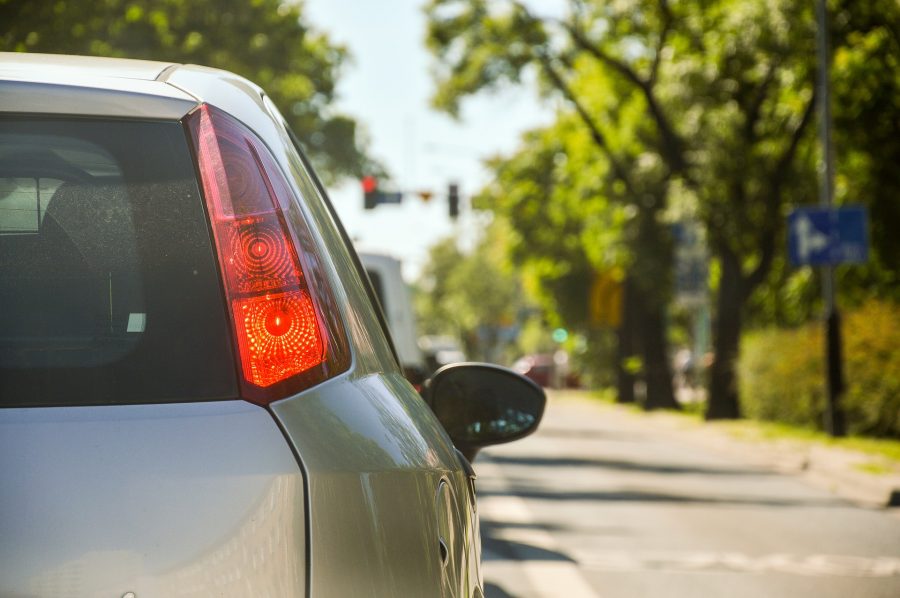Is it cheaper to drive to work or catch the bus or the train? Figuring out the best choice for you could save you thousands of dollars a year. There is no “one-size-fits-all” answer.
Convenience and Safety
Convenience and safety could outweigh costs. The ability to run errands or avoid walking alone for several blocks at night to the nearest transit stop could outweigh driving costs. Weather can also influence whether someone would rather drive or take the bus.
On the other hand, you can relax or work during the daily train or bus commute. However, public transit is usually overcrowded and does carry its own safety concerns. In fact, there are enough bus accidents in the US to require bus accident attorneys to help the victims.
You Need to Know…
- How many miles you commute each day (round trip)
- How many days a month you work
- Your monthly parking cost
Driving Costs
Driving costs are based on the size of your car and how many miles a year you drive. AAA’s cost estimates for 2016 include maintenance, tires, insurance, license, registration, taxes, depreciation, and financing costs.
Costs per mile if you drive 10,000 miles per year:
- Small sedan: 57 cents
- Medium sedan: 76 cents
- Large sedan: 93 cents
Costs per mile if your drive 20,000 miles per year:
- Small sedan: 37 cents
- Medium sedan: 48 cents
- Large sedan: 58 cents
Estimating Your Personal Driving Costs
Example:
- 25 mile daily commute
- 20 working days per month
- 25 x 20 = 500 mile monthly commute
Multiply your monthly commute (500) by average costs based on car size and miles driven per year.
Example:
- A medium-sized car driven 10,000 miles per year would cost 76 cents per mile (.76).
- Your monthly cost to drive (without parking) would be 500 x .76 = $380.
- Add monthly parking/garage costs to the $380 for your total cost.
The Costs of Public Transportation
Public transit costs vary greatly, depending on where you live and what types of public transit are available to you. Compare your monthly bus or train cost to the total driving costs, including parking.
It’s usually considerably cheaper to take the bus or train. The true costs of driving are probably higher than expected. Once you know what you’re actually spending, you can make the choice that’s best for you.
